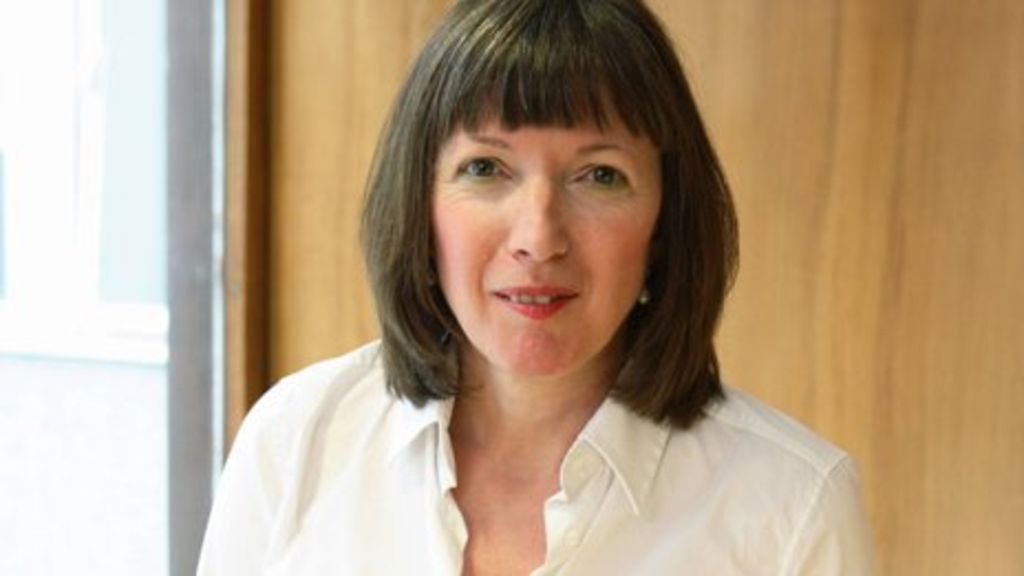300,000 more women seeking work than men

New TUC analysis published today (28th July 2015) of Labour Force Survey (LFS) data from the Office for National Statistics finds that the official figures used by government do not give the full picture of all people seeking work. In particular, the number of women seeking work is understated.
The headline unemployment count is important but not a sufficient measure alone, says the TUC. It counts only people who have very recently applied for a new job and are immediately available to start, and not others who want work. The ‘want work’ count is more comprehensive. It adds to the unemployment count those who say they want work, but who have not recently applied for a job, or whose circumstances do not allow an immediate job start.
In the past three years (between Jan-Mar 2012 and Jan-Mar 2015), the headline unemployment figure fell by more than 800,000, from 2,633,000 to 1,827,000.
However, in the same three years, the number of other economically inactive people who want work hardly moved, from 2,371,000 to 2,298,000.
During the same period, the number of economically inactive women seeking work actually increased slightly, from 1,363,000 to 1,379,000.
Although the unemployment rate is higher for men, it is the reverse for the measure of economically inactive people who are seeking work. The unemployment rate for men is 990,000 and for women it is 815,000. However, there are 1,379,000 economically inactive women seeking work, compared to just 920,000 men.
The full ‘want work’ count – the combination of the unemployment count and economically inactive people seeking work – is 4,103,000 people. Of this, 2,194,000 are women, and 1,910,000 are men – a difference of 284,000.
TUC General Secretary Frances O’Grady said: “Six years on from the recession, the culture of low expectations on jobs and pay is well past its sell-by date. Reducing the claimant count alone is not good enough if there is still an additional two million people who want a job but don’t have one.
“The government should be especially concerned about the lack of progress for women with caring responsibilities who want to work. There are nearly 300,000 more women looking for work than men, and the gap is not closing."
“Given the number of women who work in public services, there’s a big danger that cuts due to be announced in November will mean major job losses, along with a reduction in family friendly job vacancies and a further rise in the number of women seeking work.”
Click here to download the TUC full report www.tuc.org.uk




